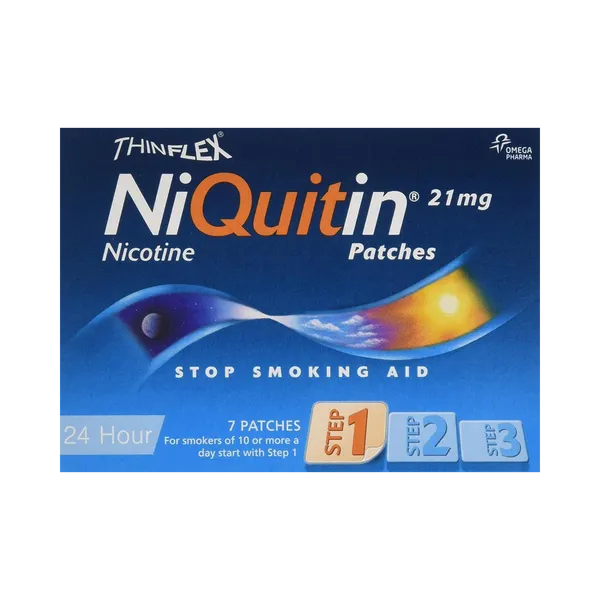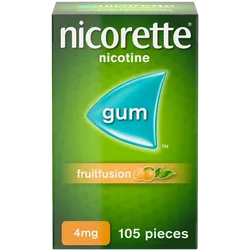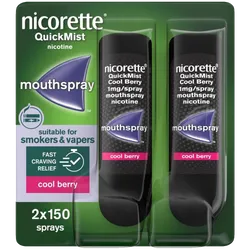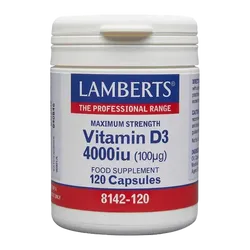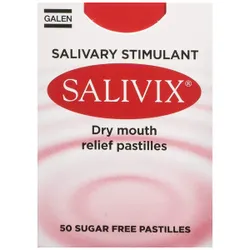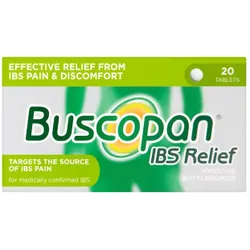Do not use NiQuitin Patches:
- if you have ever had an allergic reaction to nicotine or any of the other ingredients
- if you are a non-smoker or an occasional smoker
- if you are under 12 years. The levels of nicotine in NRT are suitable for people who are giving up smoking but not for children under 12. Children are more susceptible to the effects of nicotine and it could cause severe toxicity which can be fatal.
There are no health benefits to smoking. It is always better to give up smoking. Using NRT like NiQuitin Patches can help. In general, any possible side effects associated with NRT are far outweighed by the well established dangers of continuing to smoke.
Get help and advice from a healthcare professional:
- if you are in hospital because you have had a heart attack, severe heart rhythm disturbances or a stroke. Try to quit smoking without NRT unless your doctor tells you to use it. Once you are discharged from hospital, you can use NRT as normal.
- if you have diabetes you should monitor your blood sugar levels more often than usual when starting NiQuitin Patches as you may find your medication requirements change.
- if you have serious liver or kidney problems because you may be more likely to get side effects.
- if you have uncontrolled overactive thyroid gland or an adrenal gland tumour (phaeochromocytoma) because nicotine may make your symptoms worse.
- if you have ever had allergic reactions that involve swelling of the lips, face and throat (angioedema) or itchy skin rash (urticaria), using NRT can sometimes trigger this type of reaction.
- if you have allergic eczema or dermatitis you may get a reaction to the patch.
Stopping smoking may alter the effect of other medicines you may be taking. If you have any questions or concerns about this, talk to a healthcare professional.
If you are pregnant or breastfeeding it is best if you can give up smoking without the use of NRT. However, it is better to stop smoking using NRT than to continue smoking.
Smoking during pregnancy has risk factors for the baby. These include poor growth before birth, premature birth or still birth. Stopping smoking is the best way to improve both your health and that of your baby and the earlier you stop smoking the better.
Ideally, if you are pregnant you should stop smoking without using NRT. However, if you have tried and this hasn't worked, NRT may be recommended to help you stop: it is better for your developing baby than if you carry on smoking. The decision to use NRT should be made as early on in your pregnancy as possible.
If you forget to change your patch at the usual time, change it as soon as you remember then go on as before.
If you apply too many patches, you may start to feel sick, dizzy and unwell.
Remove all patches and wash and dry the skin with water only (no soap).
Contact your doctor or casualty department immediately and, if possible, show them the packet or this leaflet.
The patches are not suitable for children under 12 years or non-smokers.
They may develop signs of nicotine overdose including headache, sickness, stomach pains and diarrhoea, If a child has stuck a patch on themselves or eaten one, remove any patches from their skin and wash and dry with water only (no soap), Contact your doctor or casualty department immediately and, if possible, show them the packet or this leaflet.
Possible side effects
Like all medicines, the nicotine in NRT products can have side effects. They are similar to those you might get from the nicotine in cigarettes, and are more likely the more nicotine you take, but not everybody gets them.
Stopping smoking itself can cause some symptoms such as feeling weak, tired, depressed, irritable, nervous, restless, anxious. drowsy, dizzy, unable to concentrate, headache, sleep disturbanCe/night-time awakening, cough, flu-like symptoms and changes in mood.
Other side effects may include:
Severe reactions at the sticking site.
Very rare: Severe allergic reaction symptoms which include sudden
- wheeziness or tightness of the chest, rash & feeling faint, Stop using the patch and tell a healthcare professional if you get this.
- Inueased heart rate.
Remove the patch and reduce the dose if you get this
- Abnormal dreams, trembling, palpitations (feeling your heart beat).
- Shortness of breath,
- Feeling or being sick, indigestion, stomach pain, diarrhoea or constipation,
- Sweating,
- Dry mouth.
- Joint, muscle, chest and limb pains.
- Tiredness and feeling unwell.
- Slight redness and itching, burning and tingling of the skin where a patch has been, This usually disappears within a day
- Sensitivity of the skin to sunlight.
Tell a healthcare professional if you get any of these.
If you do get any side effects, even those not mentioned in this leaflet, tell a healthcare professional.
Keep out of the reach and sight of children.
Do not use this medicine after the 'Use by end of' date shown on the pack.
Keep all patches in the carton, in their protective sachet, until you are ready to use one.
Do not use patches that are in sachets which are damaged or open, Do not store above 25'(,
